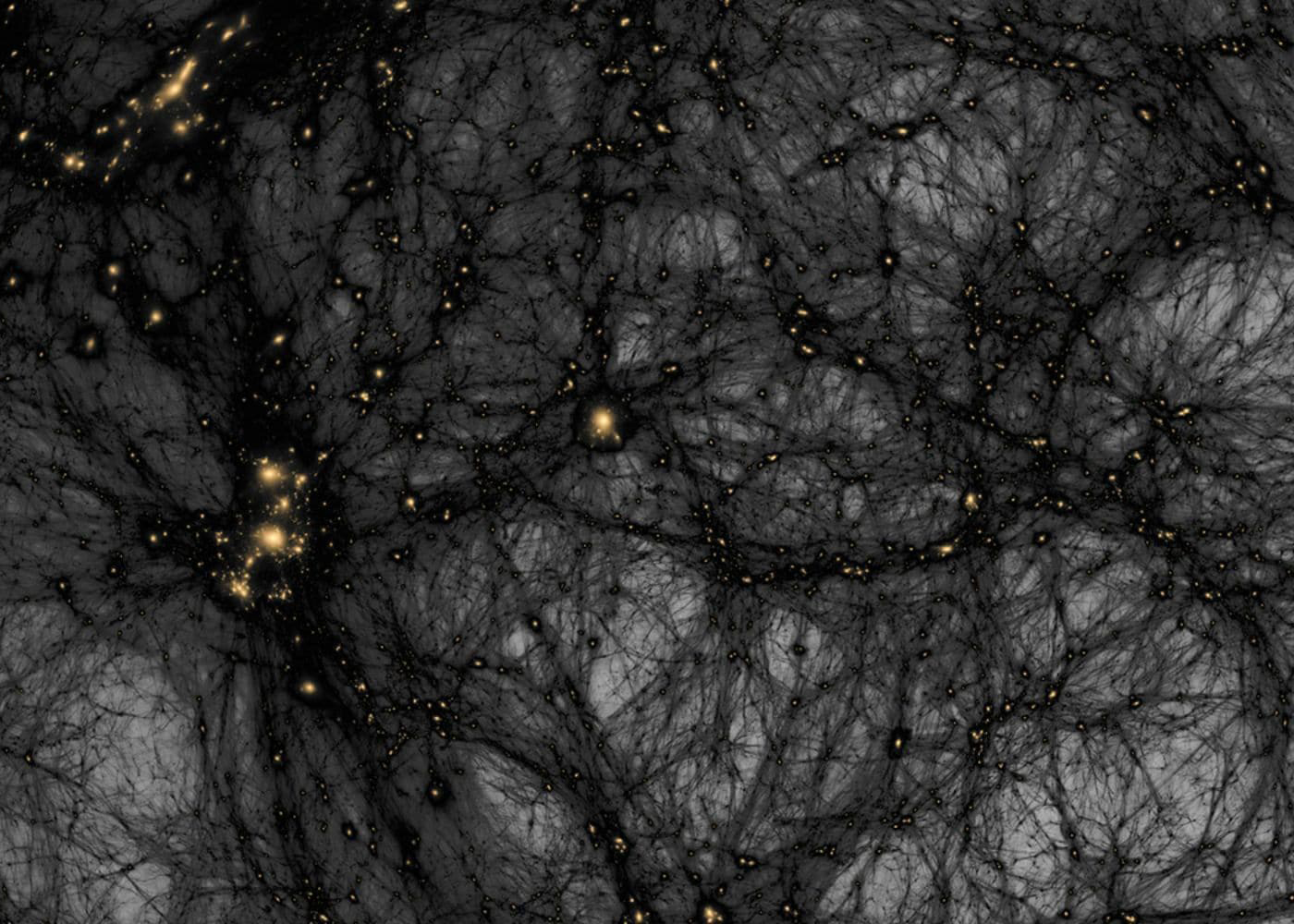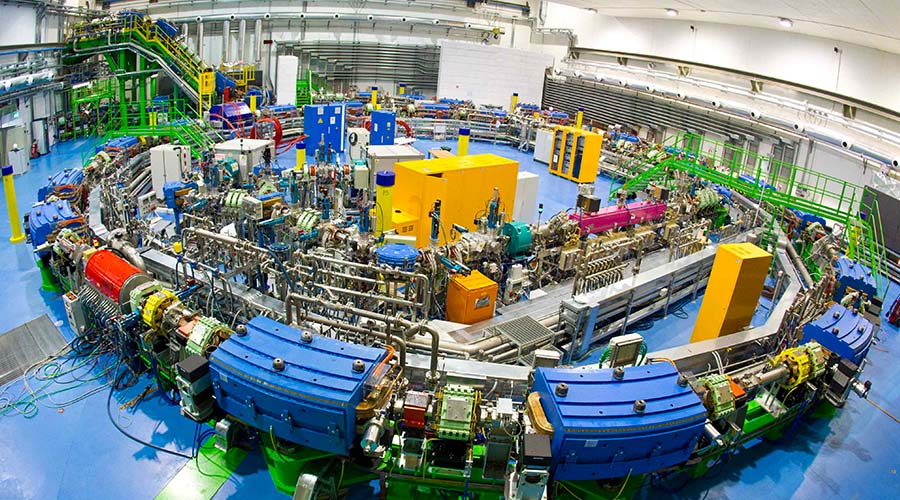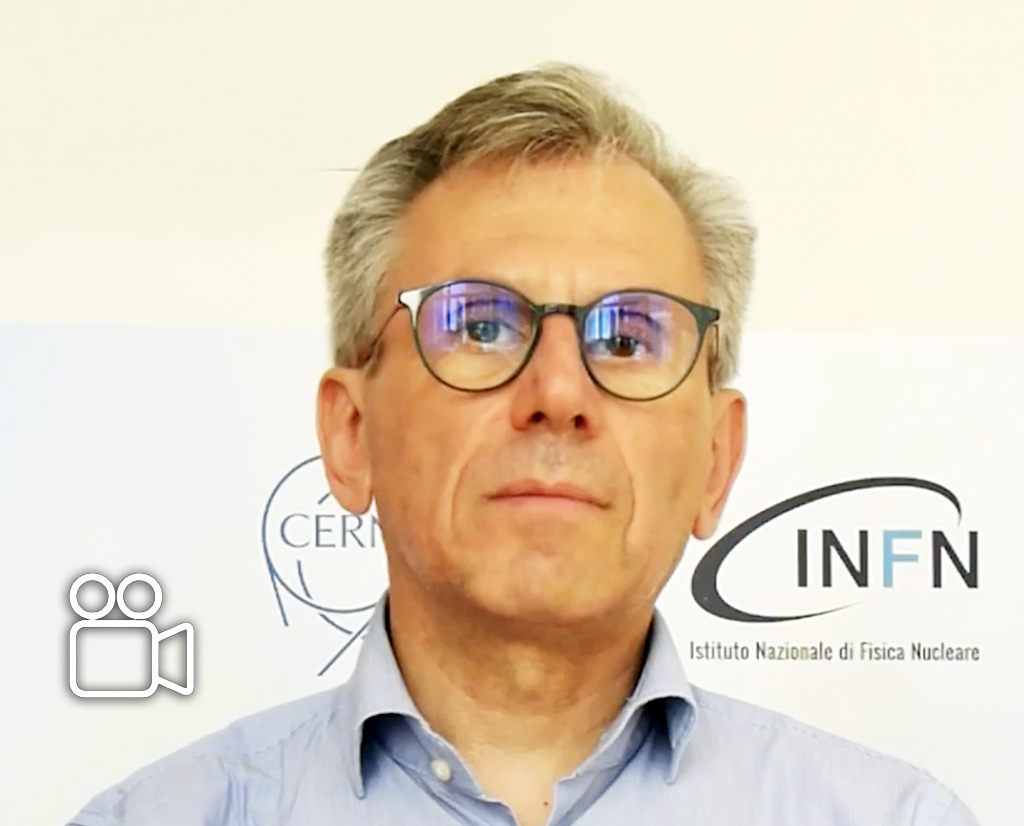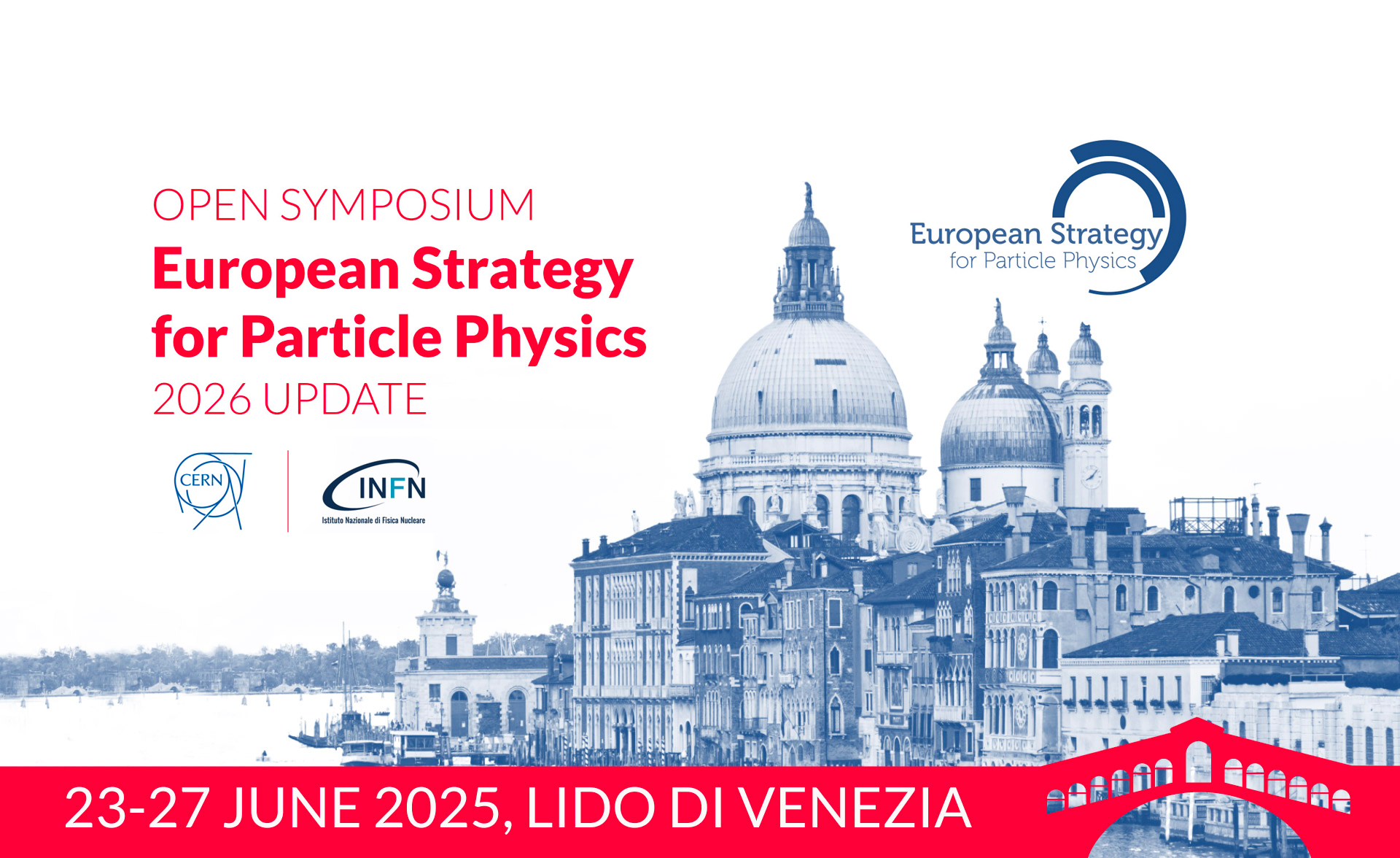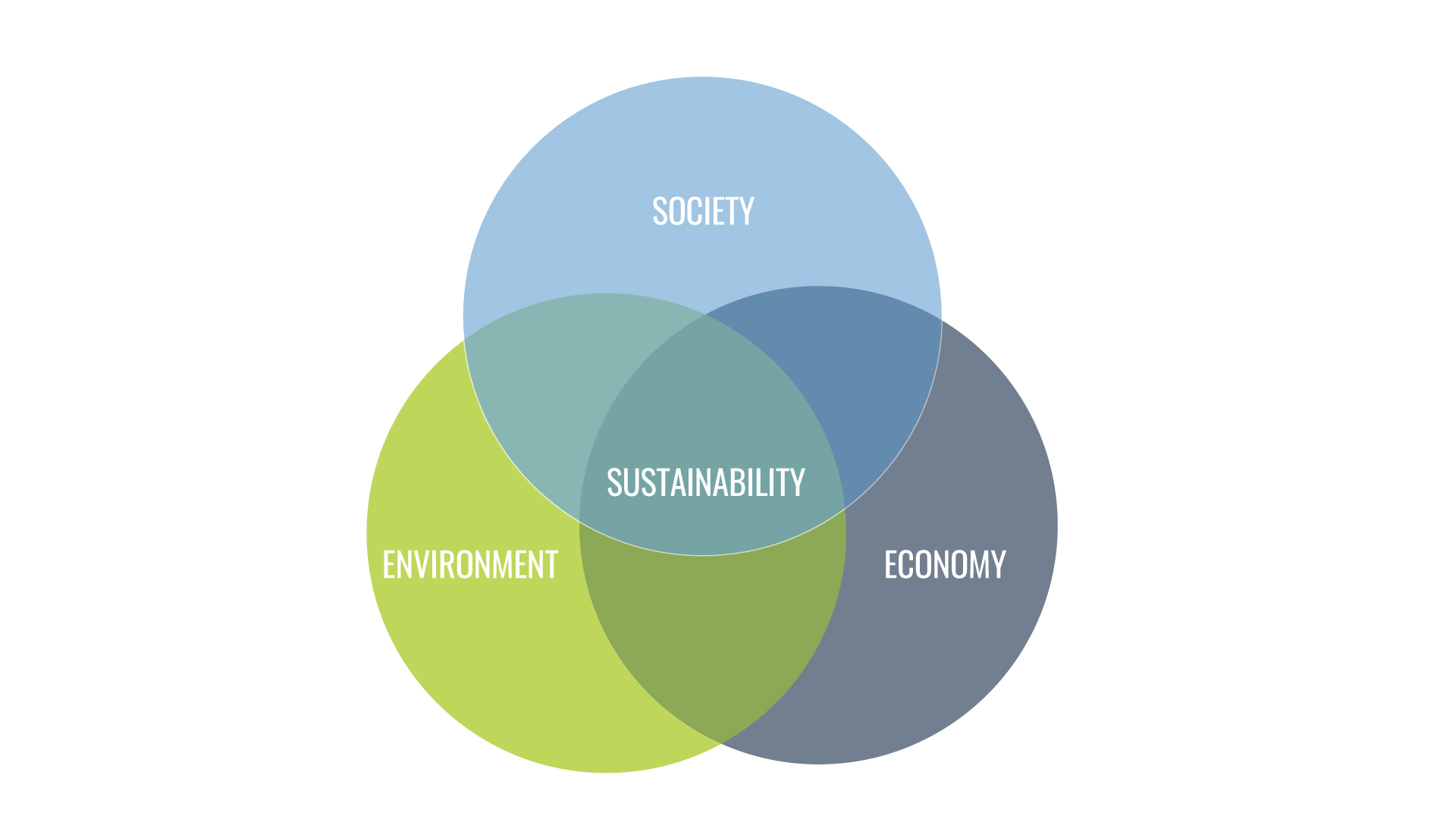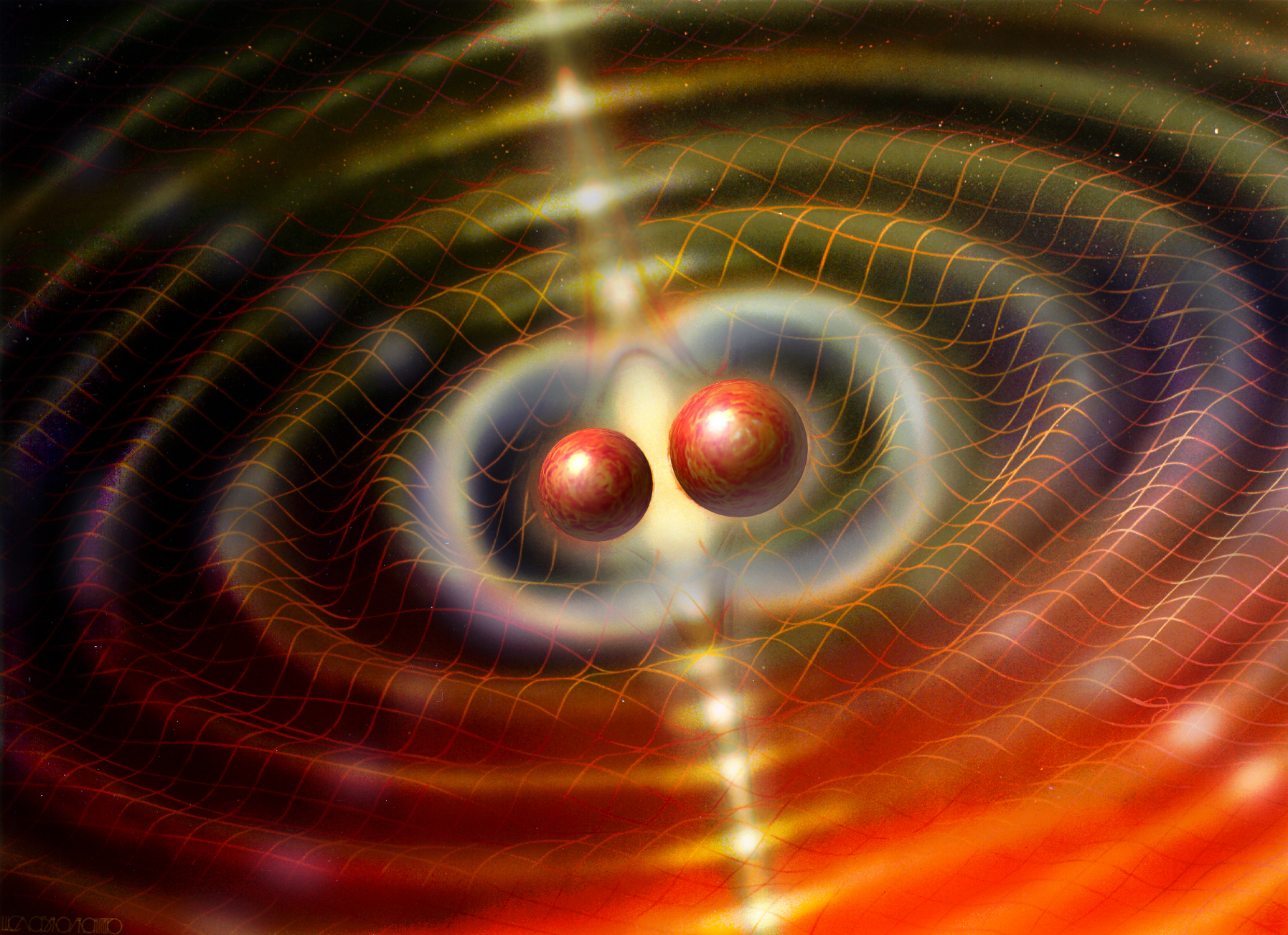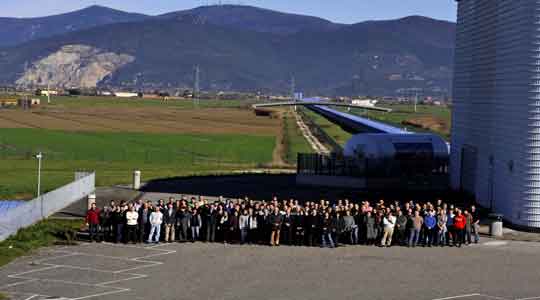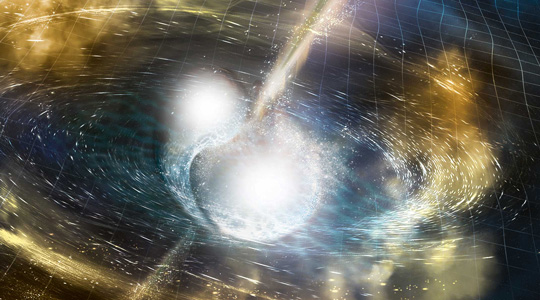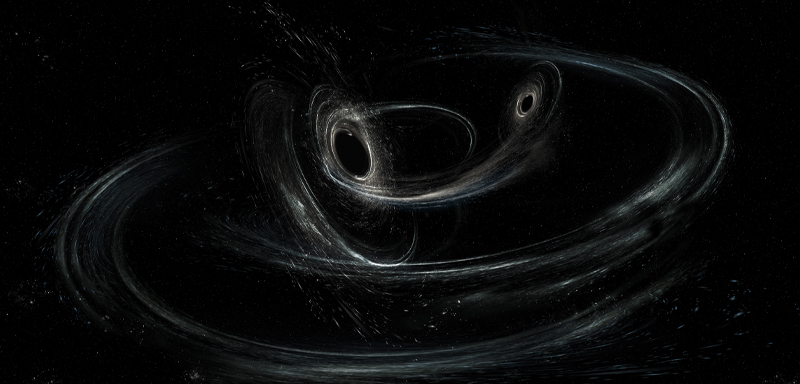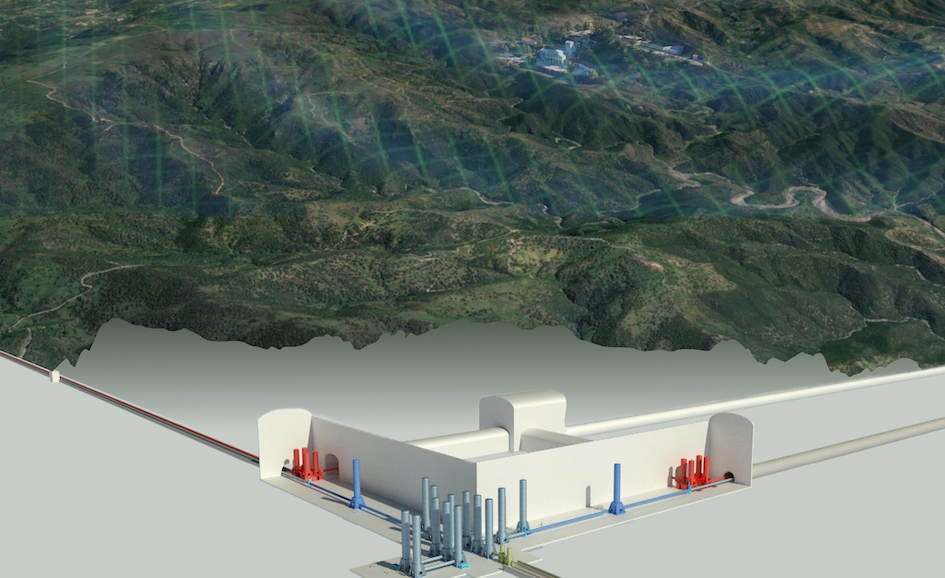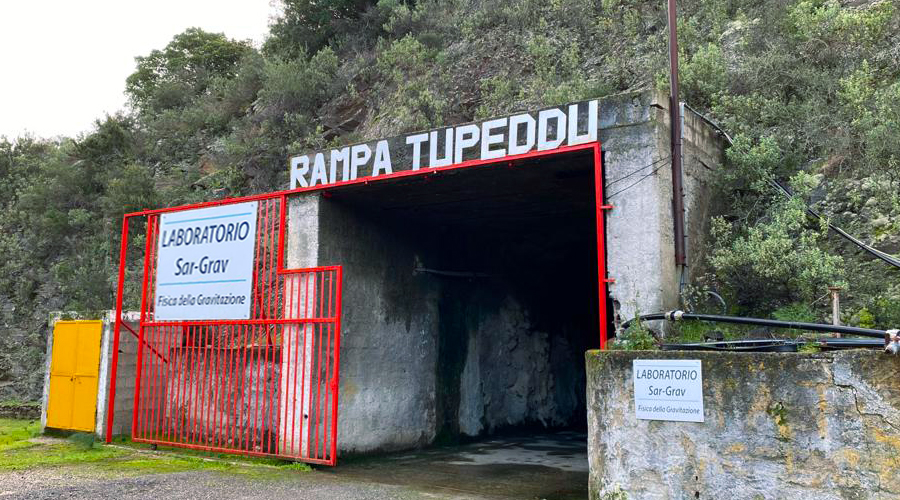Born in the depths of space and generated by cosmic cataclysms such as the merger of black holes or neutron stars, gravitational waves reach Earth with effects so faint that even Einstein doubted they could ever be detected.
It took years of investment, study, research, development, and the work of many people to turn what once seemed like an impossible challenge into a success made possible through the development of innovative technologies in cryogenics, optics, vacuum systems, and data analysis.
We talk about the search for gravitational waves and their discovery in the interview with Fulvio Ricci, who at the time was the coordinator of the Virgo Scientific Collaboration, and that, together with David Reitze, then director of LIGO, announced a long-awaited discovery on February 11, 2016, during an emotional joint Italian-American press conference, broadcast live simultaneously from Washington, D.C. and Cascina (Pisa) at the EGO headquarters.
Virgo is a project conceived, built, and led by INFN and CNRS, later joined by Nikhef (Netherlands), with other European institutions also becoming part of the Scientific Collaboration.
The interview is published in the latest issue of Particle Chronicle, INFN’s newsletter.
The discovery of gravitational waves has opened a new era in the study of the universe, offering a completely new and complementary way of observing the cosmos, alongside traditional exploration techniques, which rely mainly on the detection of electromagnetic radiation and particles such as neutrinos and cosmic rays, in the quest to answer key questions in astrophysics, cosmology, and fundamental physics.
The result led, the following year (2017), to the awarding of the Nobel Prize in Physics to three of the founders of LIGO: Rainer Weiss, Barry Barish, and Kip Thorne of Caltech

